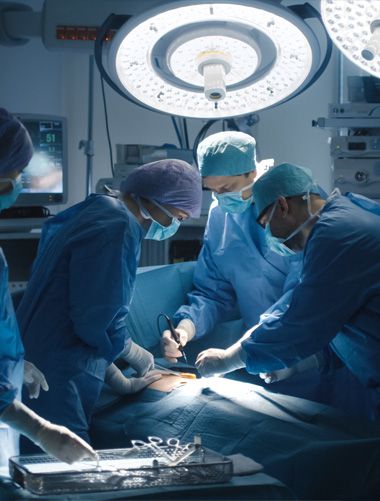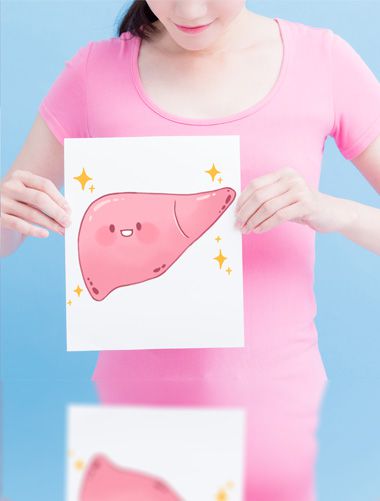

A heart-lung transplant is a rare and complicated surgery carried out when someone bears both an unhealthy heart and a lung which could lead to life-threatening problems. In the heart-lung transplant, the doctor replaces the diseased heart and with a healthy heart and lungs which is donated by a person who has just died or has a high chance of dying within one to two years. The donor who gives his healthy heart and lungs should be brain dead, but still on life-support machinery. The heart-lung transplant is relatively a rarer surgery in comparison to heart transplant or lung transplant. Currently, there is a serious shortage of suitable donors who could meet requirements for the heart-lung transplant as the criteria are stricter than for heart or lung transplant alone. If you suffer from at least one or more of the following mentioned health conditions, then you may consult a doctor and talk about the heart-lung surgery as the treatment.
Heart Transplant is performed on a patient when the treatments for other serious heart ailments haven't succeeded. This may lead to a dysfunctional heart ultimately leading to heart failure. Here are the following conditions that can lead to heart failure:
A Lung transplant is considered necessary when all other treatments for a diseased lung have been tried, but have not caused any considerable improvement towards the functioning of the lung. Such cases can lead to lung failure, further leading to death. Here are some of the causes of a failing lung:
In order to meet the heart-lung transplant donor criteria, there are very strict conditions that you must meet. They include:
Before proceeding with the surgery, the doctor first inserts an intravenous (IV) line into the vein of your arm so that the fluids and medications can be delivered and general anaesthesia can be administered. The surgeon may deeply evaluate the donor heart and lungs and will confirm if they're a good fit for the heart-lung transplant. The doctor then behind with making a clammed shaped cut in the chest. In order for your body to work properly even when the heart and the lungs are removed, the doctor hooks your body to a heart-lung machine which will pump the blood as the heart-lung transplant surgery goes on. The doctor along with the help of his team will remove the diseased heart and lungs. After removal of the sick heart and lungs, the doctor positions the donor heart and lungs in the chest and completes the surgery by stitching the incisions. The new lungs are initially inflated. After which the donor heart and lungs are cooled and preserved before the heart-lung transplant.
When the new heart and lungs are subjected to normal temperature, they warm and the new heart begins to beat on its own. If the heart doesn't start beating on its own, then the surgeon has to provide an electric show in order to trigger the heart to start beating. After the transplant, the functioning of the new heart and lungs is checked, and the risk of bleeding is also checked. After this, the body is disconnected from the heart-lung machine. After the surgery, you are shifted to intensive care unit (ICU) where you are closely monitored for at least two weeks.
The heart-lung transplant rate for 3 years after the surgery is about 65 per cent. In the initial two weeks of the heart-lung transplant surgery, the patients may face instances of organ rejection. The organ rejection is a rare risk if the donor heart and lungs chose are well fit for the candidate. Such organ rejection is usually treated with the help of medications, like the corticosteroid. In the heart-lung transplant surgery, you may also carry a risk of infection, allergy and bleeding. In very rare cases, the donor organs may not function properly. As with any surgery, there is also the risk of infection and bleeding. The donor organs also may malfunction. In about 30 per cent to 50 per cent of the patients who undergo the heart-lung transplant, the new lungs may face a form of chronic rejection which is called bronchiolitis obliterans leading to problems such as breathlessness.
The recovery after the heart-lung transplant can be smooth if you keep your heart healthy by making lifestyle changes. Some patients choose to go for a proper rehabilitation program which helps the patients to make these changes. The following activities happen at the rehabilitation program:


Successful Liver Transplant Surgery in India
Share Your Reports
Minimally invasive Liver donor surgery
Book appointment